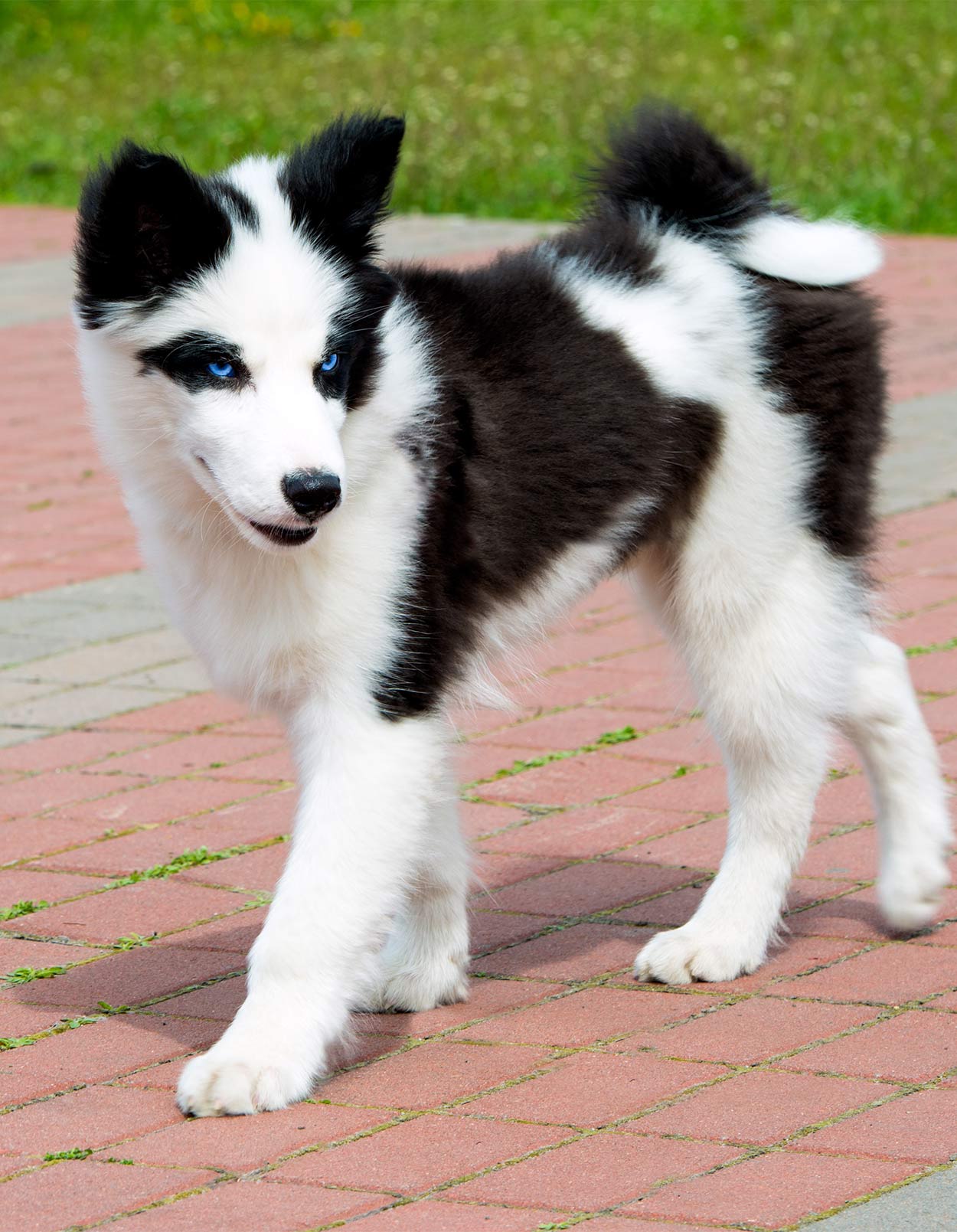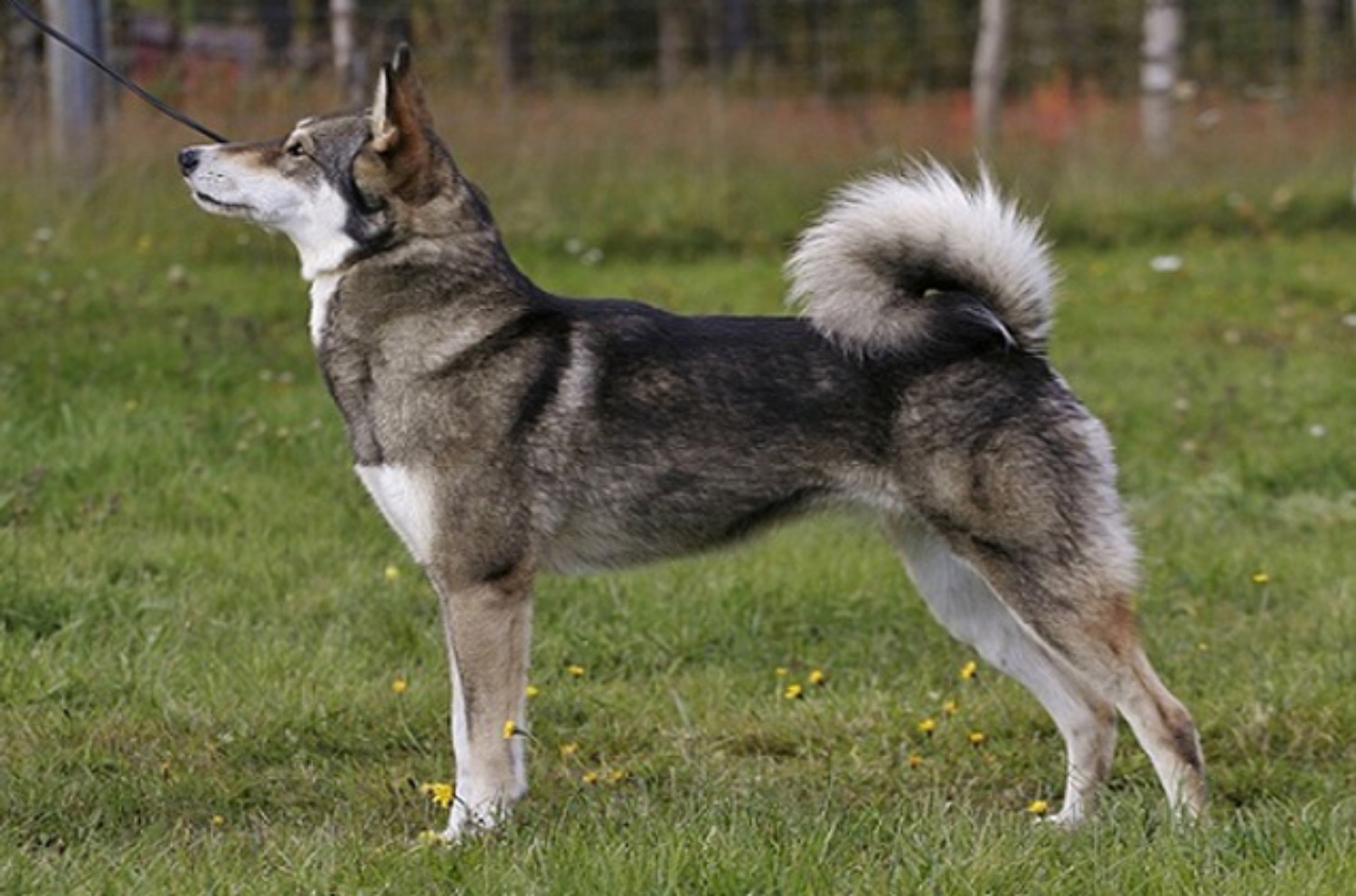

Serge Plantureux/Corbis/Getty Images Laika (or Muttnik) in her spacesuit, shortly before she was placed in the Sputnik 2 capsule. However, some of the mice survived.īoth the Soviet Union and the United States were determined to win the Space Race, with animals in orbit being one of the next big goals. successfully launched a monkey named Yorick - along with several mice - only to discover that he had died from overheating in his capsule while awaiting rescue on the ground. But many of those animals died, including a monkey named Albert II who reached an altitude of 83 miles only to be killed on impact.Īs for the Soviets, they sent two dogs named Tsygan and Dezik to the edge of suborbital flight at 62 miles in 1951. And then, from 1948 to 1951, numerous mice and monkeys were launched by American researchers. The 1947 launch itself aimed to study the effects of cosmic rays on living things - with the flies ultimately surviving the mission. Though these rockets had originally been developed in Nazi Germany, they were soon used by American military scientists - and they would help bolster the Space Race. These flies had been launched to an altitude of 42 miles in a V-2 rocket on February 20, 1947. Surprisingly, that honor belonged to a group of fruit flies. She would soon end up in the Soviet space program - where she would change history forever.īut Laika wasn’t the first animal in space. OFF/AFP/Getty Images Laika, or Muttnik, endured stressful and rushed training before her doomed trip.īorn around 1954, Laika roamed the streets of Moscow for nearly three years before she was scooped up by the authorities. But tragically, her journey was a one-way trip - and a guaranteed suicide mission. That meant Laika the dog would earn that distinction. While both the Soviet Union and the United States had sent other animals into space for scientific studies before, none of them had yet reached Earth’s orbit. And at the time, Laika’s successful launch was seen as one of the Soviet Union’s biggest victories during the Space Race. The original Sputnik 1 - the first manmade object in orbit - had been launched into space just a month earlier.Īs for Sputnik 2, this particular mission aimed to assess the safety of space travel for humans. While she was far from the only dog in the Soviet space program, she was the one who was ultimately chosen for the historic Sputnik 2 mission. Laika, whose name translated to “Barker,” was a stray husky-spitz mix who was found on the streets of Moscow. A few years before his groundbreaking 1961 journey, a Soviet space dog named Laika became the first animal to orbit the Earth on November 3, 1957.

Soviet cosmonaut Yuri Gagarin is rightly credited with being the first man in space, but he was far from the first earthling to go into orbit. Sovfoto/Universal Images Group/Getty Images Laika the dog, also known as “Muttnik,” pictured in the Sputnik 2 capsule in 1957.


 0 kommentar(er)
0 kommentar(er)
